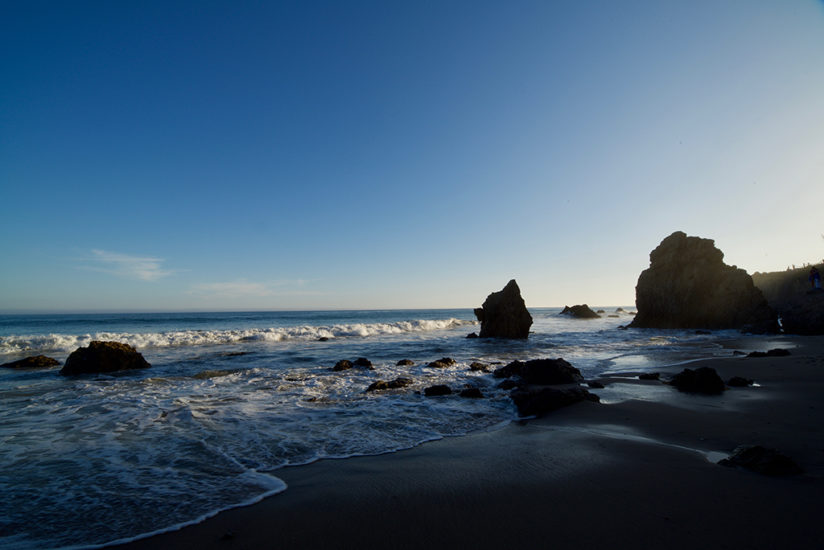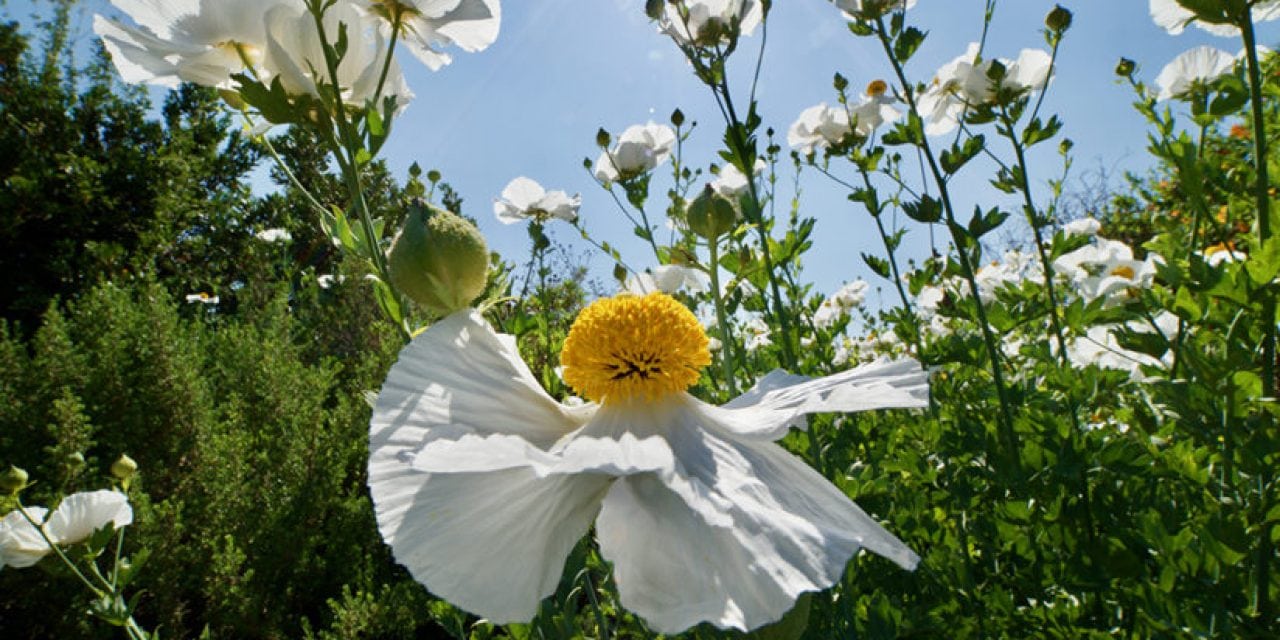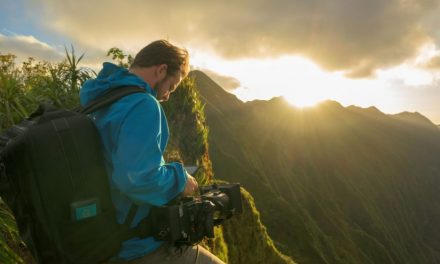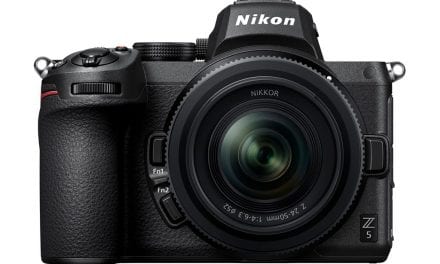
If you’re looking for an ultra-wide angle rectilinear prime for landscapes, architectural and travel photography, the Irix 15mm f/2.4 Blackstone is an excellent value.
Available in Canon EF, Nikon F and Pentax K mounts, it compares very favorably in price to similar offerings from Canon and Nikon. Though neither brand makes an exact equivalent, the slightly-wider Canon EF 14mm f/2.8L II USM carries a list price $2,099, while the Nikon AF Nikkor 14mm f/2.8D ED retails for $1,894. Compare those prices to the 15mm f/2.4 Blackstone’s estimated street price of $599, and consider that the Blackstone is one-half stop faster with its maximum aperture of ƒ/2.4.
To be fair, both the Canon and Nikon 14mm primes are autofocus lenses; the Irix 15mm is manual focus only. This may be a deal-breaker for some, but for landscape photography that doesn’t demand the speed of autofocus, we didn’t consider it much of a compromise. And though there’s no AF, the lens aperture is controlled electronically by the camera.

To assist in setting focus, the 15mm f/2.4 Blackstone has an engraved, fluorescent distance scale allowing you to determine your depth-of-field at ƒ/8, ƒ/11 and ƒ/16 apertures. As you rotate the focus ring, there’s a tactile “click” when you reach infinity. Another nice feature of the lens is its minimum focusing distance of 9.84 inches, allowing you to get close when you want to emphasize foreground objects. There’s also a focus lock ring to prevent accidental changes.
The Blackstone design has a solid, premium feel. The housing is constructed of an aluminum and magnesium alloy, which makes for a satisfying weight and inspires confidence in the overall build quality. It’s also weather sealed at the front lens element, camera mount and focus and focus lock rings to protect against dust and moisture.
The lens accepts 95mm filters, and Irix offers a selection of filters including a circular polarizer, UV and neutral density filters. There’s also a rear filter slot that accepts gelatin filters, available in a set of multiple ND strengths from Irix.
Though designed for use with full-frame cameras, it can also be used with APS-sensor models, providing an equivalent focal length of about 22.5mm on a Nikon body and 24mm on a Canon.
Overall, we were impressed with the image quality produced by the lens. At larger apertures, the lens does exhibit vignetting, and it’s quite pronounced at the maximum aperture of ƒ/2.4, but this effect is nearly eliminated at ƒ/8 and minimal at the smallest apertures. Like the vignetting, sharpness at the edges of the frame is softer at larger apertures, but improves substantially as you stop down. For landscape photography, you’ll probably be shooting at smaller apertures anyway to maximize your depth of field.

Considering the lens as a whole—construction, design, optical performance and price—we like the Irix 15mm f/2.4 Blackstone. It’s a great value for photographers wanting to add an ultra-wide option to their kit but who aren’t able to justify paying three times (or more) of the Blackstone’s price for the first-party lens options. Contact: Irix, irixlens.com.
Irix 15mm f/2.4 Blackstone Key Specs
Focus System: Manual
Diagonal Field of View: 110 degrees
Maximum Aperture: ƒ/2.4
Minimum Aperture: ƒ/22
Aperture Design: 9-blade, rounded
Minimum focus distance: 9.84 inches
Optical Construction: 15 elements in 11 groups
Mounts: Canon EF, Nikon F, Pentax K
Dimensions (DxH): 4.49” x 3.94”
Weight: 1.51 pounds (Canon); 1.44 pounds (Nikon)
Estimated street price: $599
The post Irix 15mm f/2.4 Blackstone Hands-On Review appeared first on Outdoor Photographer.
















